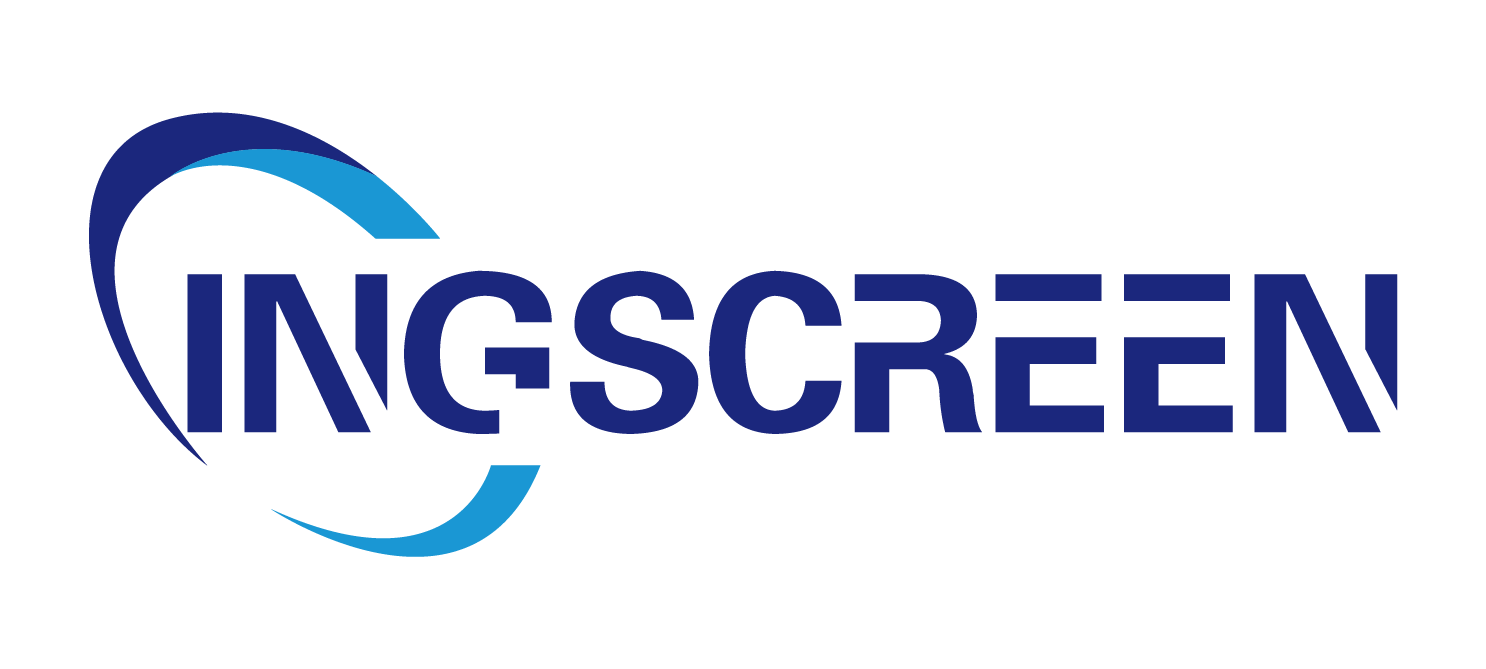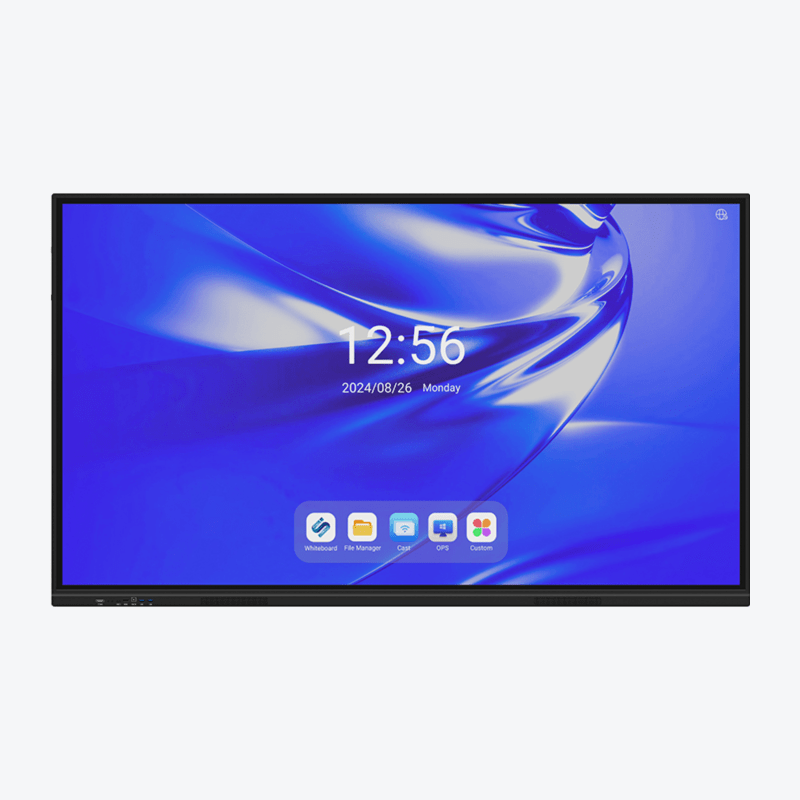Transform Your Workplace with Advanced Display Technology
Modern businesses are increasingly recognizing the transformative power of interactive display systems in their operations. These sophisticated technological solutions are revolutionizing how teams collaborate, present information, and engage with digital content. As organizations navigate the complex landscape of available options, understanding how to select the right interactive display system has become crucial for maintaining competitive advantage and fostering innovation.
The decision to implement interactive display systems requires careful consideration of multiple factors, from technical specifications to user experience requirements. Organizations must evaluate their specific needs, workspace constraints, and future scalability to make an informed choice that delivers lasting value.
Essential Considerations for Display System Selection
Technical Specifications and Performance Metrics
When evaluating interactive display systems, technical specifications serve as the foundation for informed decision-making. Screen resolution, touch response time, and processing power are critical factors that directly impact user experience. Ultra-HD or 4K resolution has become the standard for professional environments, ensuring crystal-clear visibility of detailed content and comfortable viewing even in large spaces.
Touch sensitivity and response time are equally important considerations. Modern interactive display systems should offer multi-touch capability with minimal latency, supporting natural gestures and simultaneous user interaction. The display's brightness, contrast ratio, and viewing angles must also align with the intended installation environment to ensure optimal visibility under various lighting conditions.
Integration and Connectivity Requirements
Successful implementation of interactive display systems depends heavily on seamless integration with existing infrastructure. Organizations must assess compatibility with current hardware, software platforms, and network systems. The chosen solution should support various input sources and offer multiple connectivity options, including HDMI, USB, wireless casting, and network integration capabilities.
Cloud connectivity and remote access features have become increasingly important, especially in hybrid work environments. Advanced interactive display systems should facilitate easy content sharing, remote collaboration, and integration with popular productivity and video conferencing platforms.
Space Planning and Installation Considerations
Physical Environment Assessment
The physical environment plays a crucial role in selecting appropriate interactive display systems. Room size, layout, and typical viewing distances must be carefully evaluated to determine optimal screen dimensions and mounting options. Ambient lighting conditions, glare reduction requirements, and acoustic considerations all influence the success of the installation.
Organizations should also consider the flexibility of the space and potential future reconfigurations. Mobile solutions or adjustable mounting systems might be preferable in dynamic environments where rooms serve multiple purposes or frequent layout changes are expected.

Infrastructure Requirements and Support
Proper infrastructure support is essential for interactive display systems to function optimally. Power requirements, network connectivity, and mounting structure capabilities must be assessed during the planning phase. Organizations should also consider the need for additional equipment such as sound systems, cameras, or control interfaces that may need to be integrated with the display solution.
Future-proofing the installation by ensuring adequate infrastructure capacity for potential upgrades or system expansions can save significant costs and disruption in the long term.
User Experience and Training Considerations
Interface Design and Usability
The success of interactive display systems largely depends on user adoption and engagement. The interface should be intuitive, responsive, and aligned with users' technological comfort levels. Organizations should prioritize solutions that offer customizable interfaces and user-friendly navigation systems that minimize the learning curve for new users.
Consider the primary use cases and typical user interactions when evaluating interface designs. The system should support natural interaction methods and provide clear visual feedback to user inputs, ensuring a positive and productive experience.
Training and Support Requirements
Even the most intuitive interactive display systems require some level of user training and ongoing support. Organizations should assess the training resources provided by vendors, including documentation, video tutorials, and hands-on training sessions. The availability of technical support and maintenance services should also factor into the selection process.
Developing internal support capabilities and creating user guidelines specific to the organization's needs can help maximize the value derived from the interactive display systems investment.
Cost Considerations and ROI Analysis
Total Cost of Ownership Evaluation
The true cost of interactive display systems extends beyond the initial purchase price. Organizations must consider installation costs, maintenance requirements, energy consumption, and potential upgrade paths. Software licensing fees, warranty coverage, and expected lifespan of the equipment all contribute to the total cost of ownership.
Additional considerations include the cost of training programs, technical support services, and any necessary infrastructure upgrades. A comprehensive cost analysis should account for both immediate and long-term financial implications.
Return on Investment Metrics
Measuring the return on investment for interactive display systems involves both quantitative and qualitative factors. Improved collaboration efficiency, reduced meeting times, and enhanced presentation capabilities can translate into measurable productivity gains. The ability to support remote collaboration and reduce travel requirements may also contribute to cost savings.
Organizations should establish clear metrics for evaluating success, such as user adoption rates, meeting efficiency improvements, and reduced technical support requirements. Regular assessment of these metrics helps justify the investment and identify areas for optimization.
Frequently Asked Questions
What size interactive display system is ideal for my conference room?
The ideal size depends on your room dimensions and typical viewing distances. A general rule is that the screen height should be at least one-sixth of the distance to the farthest viewer. For a typical 20-foot conference room, a 75-inch or larger display would be appropriate to ensure comfortable viewing for all participants.
How important is touch response time in interactive display systems?
Touch response time is crucial for user experience and productivity. A response time of 8ms or less is recommended for smooth, natural interaction. Slower response times can lead to user frustration and reduced adoption of the technology.
What maintenance requirements should we expect?
Regular maintenance typically includes cleaning the display surface, checking connections, updating software, and calibrating touch sensitivity if needed. Most modern interactive display systems are designed for minimal maintenance, but establishing a regular maintenance schedule can help prevent issues and extend the system's lifespan.




